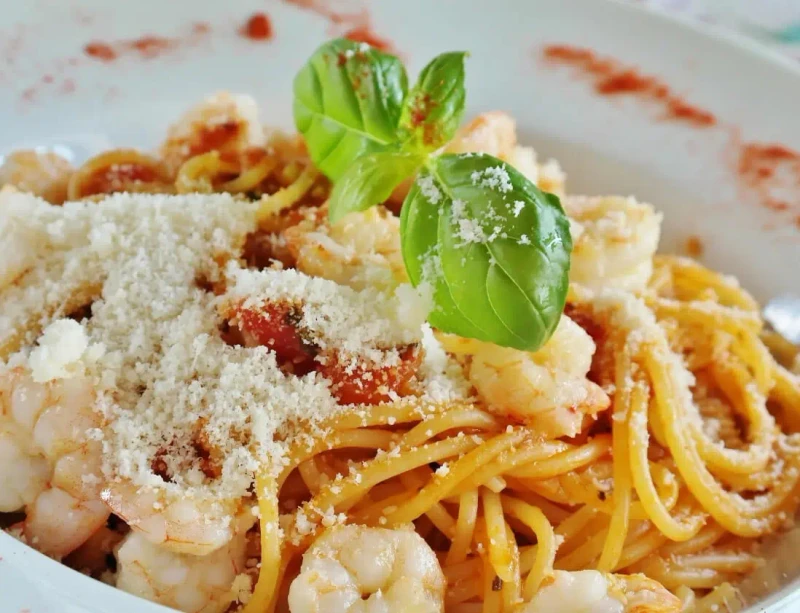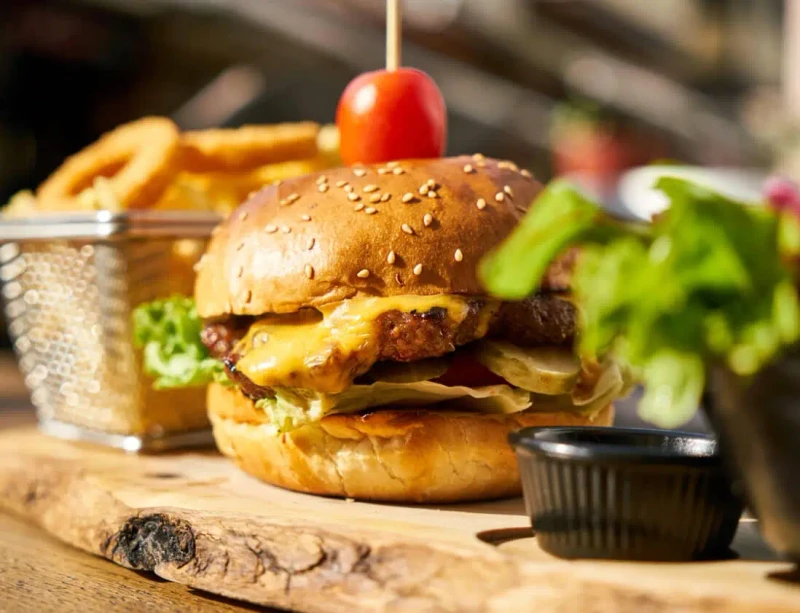Sushi: Calories
| Food | Serving | Calories | Serving | Calories |
|---|---|---|---|---|
Avocado Sushi, Maki | 100 g | 93 Cal | 100 g | 28 Cal |
California Roll Inside Out | 100 g | 94 Cal | 100 g | 28 Cal |
Cucumber Maki | 100 g | 93 Cal | 100 g | 20 Cal |
Inside Out Sushi | 100 g | 94 Cal | 100 g | 28 Cal |
Nigiri | 100 g | 165 Cal | 100 g | 53 Cal |
Nori | 100 g | 315 Cal | 100 g | 9 Cal |
Pickled Ginger | 100 g | 20 Cal | 100 g | 2 Cal |
Salmon Maki | 100 g | 163 Cal | 100 g | 25 Cal |
Salmon Nigiri | 100 g | 181 Cal | 100 g | 63 Cal |
Salmon Sashimi | 100 g | 180 Cal | 100 g | 51 Cal |
Sashimi | 100 g | 188 Cal | 100 g | 113 Cal |
Soy Sauce | 100 ml | 122 Cal | 100 ml | 18 Cal |
Surimi | 100 g | 114 Cal | 100 g | 17 Cal |
Tempura Sushi | 100 g | 160 Cal | 100 g | 170 Cal |
Tuna Sushi, Maki | 100 g | 173 Cal | 100 g | 55 Cal |
Uramaki | 100 g | 187 Cal | 100 g | 54 Cal |
Wasabi | 100 g | 137 Cal | 100 g | 4 Cal |
Sushi Overview and Healthy Strategies
Compared to other comfort foods, such as pizza or pasta, sushi is often thought of as a low-calorie option for a night at home or out on the town. Sushi is generally filled with vegetables and a protein source and wrapped in seaweed. Although, there are plenty of variations on this classic form. Common condiments featured alongside sushi are wasabi—a spicy type of Japanese horseradish—pickled ginger, and soy sauce. Sushi is a long-standing part of Japanese culture and history, dating back to the 7th century, and has evolved over time into the sushi art we know in restaurants today.
First and foremost, especially if you’re preparing sushi at home, make sure the raw fish you’ll be consuming has been stored and handled safely. If you’re looking to reduce the amount of calories you’re consuming, choose sushi options that aren’t battered in tempura, avoid higher-fat additions, such as cream cheese, and opt for sushi that hasn’t been fried. And, as always, portion control and moderation are always a helpful approach.






